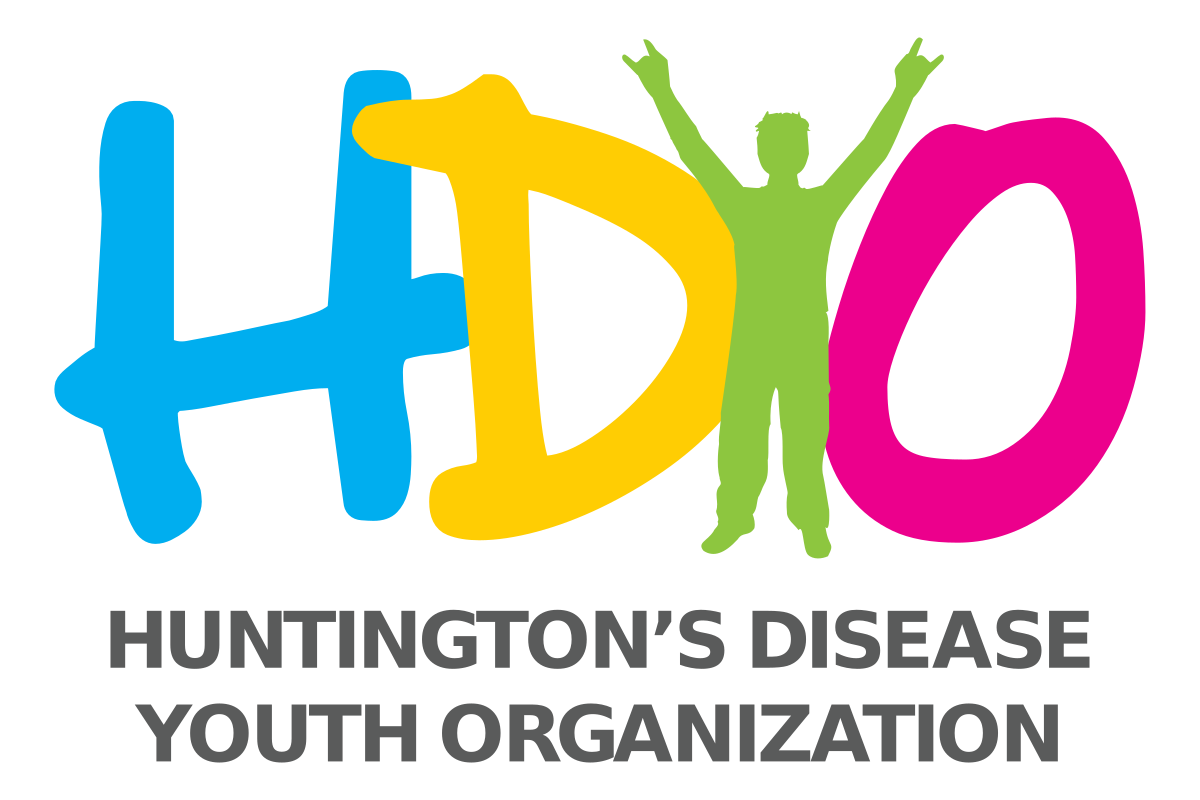ADORE-DH - Potential Stem Cell Therapy
September 19, 2025

HDYO has more information about HD available for young people, parents and professionals on our site:
www.hdyo.org
ADORE-DH was a Phase II trial of a potential stem cell therapy for HD.
Sponsored by AZIDUS Brasil (a full-service clinical research organization), this randomized, double-blind, placebo-controlled study aimed to evaluate the safety and effectiveness of NestaCell® in patients with HD. NestaCell® is a human dental pulp stem cell (hDPSC) based therapy, containing stem cells from the dental pulp of milk teeth from healthy children. The dental pulp is the innermost layer of a tooth, containing stem cells which can mature into various cell types, including nerve cells. ADORE-DH was funded by NestaCell®’s developer Cellavita.
35 participants were randomized in this trial, conducted at a single site in Brazil. Participants were assigned at a 2:2:1 ratio to receive either hDPSCs at a lower dose (1 million cells/kg), hDPSCs at a higher dose (2 million cells/kg), or placebo. Nine infusions of the study product were given intravenously over a period of 11 months. 32 participants completed the trial.
The primary endpoint of the trial was change in the Unified Huntington’s Disease Rating Scale (UHDRS) Total Motor Score (TMS). Secondary outcomes included UHDRS Total Functional Capacity (TFC), Total Chorea Score (TCS), Functional Checklist (FC), and magnetic resonance imaging (MRI) based white matter quantification. Safety was assessed by monitoring adverse events and laboratory parameters.
Both doses demonstrated a favorable safety profile, with no increased frequency of adverse events compared to the placebo. No serious adverse event was thought to be related to the treatment.
Both doses showed improvements in UHDRS-TMS compared to placebo, and the higher dose group also showed improvements in UHDRS-TFC. Additional improvements were seen in the TCS and FC. MRI analysis indicated a trend toward slower central nervous system white and grey matter decline in treated participants.
Overall, NestaCell® was well tolerated and showed improvements in motor and functional outcomes in HD patients. A Phase III trial is planned to evaluate effectiveness and long-term safety in a larger participant group.
